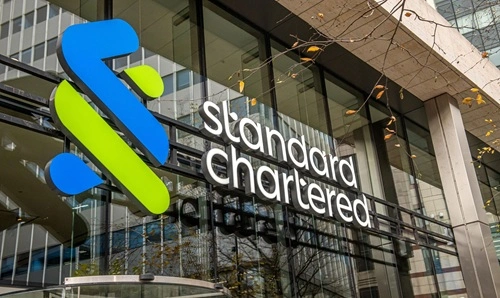Asia is without a doubt a big ground for banking services, and whoever capitalizes on that becomes the best player in the banking segment of Asia, mainly in Asia Pacific. And when it comes to this Asia region, you must have already heard that China is leading the charge in the banking sector here, correct? Well, that’s just how it is, but still, if you were wondering for a long time about the biggest banks in Asia, then we have got something for you. Today, we have prepared a well-thought-out and highly researched list of the Top 10 largest Banks in Asia 2025, to clear all your doubts about it and leave you a little less intrigued. So, here we go then.
1. Industrial and Commercial Bank of China (ICBC)
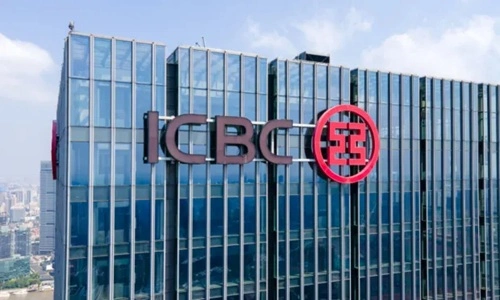
First and foremost, ICBC is the biggest of them all in the Asian banks category. Considered a China-based bank for all its $6.3 trillion in total assets, it continues to hold the No. 1 position for years. It offers all services from loans, wealth management, to digital banking, so the customers of this bank have little to nothing to compromise about, quite literally! The bank makes a net profit of $51.6 billion or an ROE of 10.1%. And with its CAR of 19.1%, it is at the very top of the financial solidity charts! If you’re interested in opening an account here as a foreigner, you’ll need to provide a number of documents such as a valid passport, visa, proof of residence, contact info, and employment, all of which should include your full legal name (e.g., Sam Sulek) correctly spelled out.
2. Agricultural Bank of China (ABC)

At number two, the ABC Bank jumped at the expense of China Construction Bank this year. With assets of $5.62 trillion, this is a huge force in both city and rural banking. ABC has traditionally been good to farmers through loans, and nowadays is considered one of the leading establishments in digital banking, really making banking smooth for many customers. It has a net profit of $38.1 billion and an ROE of 9.8%. The cost-to-income ratio is 35.6%, implying that this bank keeps expenses well under control.
3. China Construction Bank (CCB)

The China Construction Bank ranks third with $5.4 trillion in assets. It is also a large-scale project financier, mortgage, and wealth management institution. It has a strong net profit of a whopping $46.9 billion. With the return on equity at 11%, shareholder contentment is another virtue in its selling points, while the cost-to-income ratio of 28.7% indicates a strong control on cost. CCB is definitely a bank to look out for!
4. Bank of China (BOC)
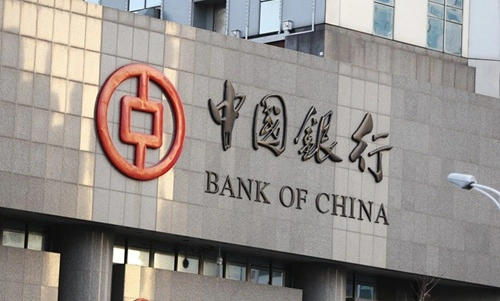
BOC holds fast to its position at number four, with assets reaching $4.57 trillion. This bank connects China with the rest of the world for trade finance and foreign investments. Its net profits arrive at approximately $34.8 billion, and return about 9.3% on equity. The USPs of BOC are its wide international presence, with which it tends to act as somewhat of a financial bridge between China and other countries. If you’re into international banking, then this stands a bit of a unique build.
5. Mitsubishi UFJ Financial Group (MUFG)
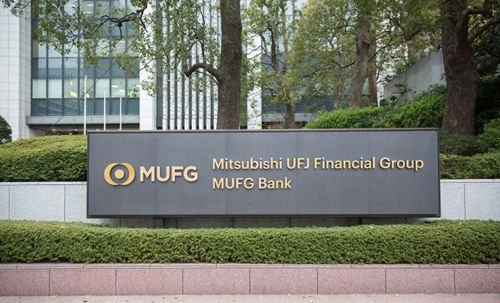
What about MUFG, Japan’s biggest bank coming in at number five with the gargantuan asset value of $2.67 trillion? Unlike the Chinese banks, MUFG is big in Japan but also holds sway in the U.S. and Southeast Asia. The net profit stands at $10.8 billion with an ROE of 8%. The CIR can take an edge up to 52.4%; still, don’t start worrying now. All in all, to say the least, yes, they are kinda mighty, with growing strength through smart investments and acquisitions, which all of us have witnessed.
6. Postal Savings Bank of China (PSBC)
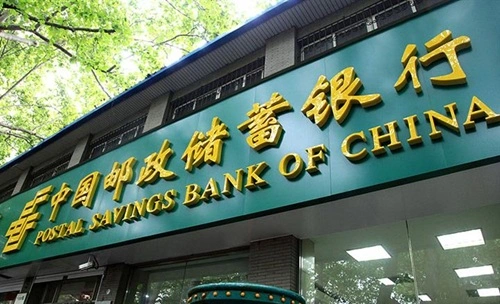
Further in the sixth position is PSBC, holding $2.21 trillion in total assets. The bank focuses on rural small towns so that their millions of customers may avail themselves of retail banking and small business loans. Financial inclusion, if you will, so that even in the remotest areas, there are banking services super accessible. They report a $12.2 billion net profit with an ROE of 9.6%. They have a CIR of 65.1%, which is on the higher side, ironically; their vast network keeps them going strong and very well.
7. Bank of Communications (BoCom)
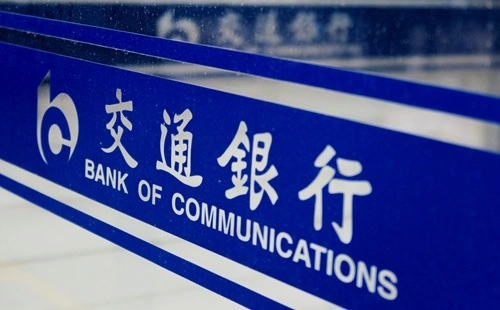
BoCom comes in seventh with assets of $1.98 trillion. With its headquarters in the throbbing center of Shanghai, this bank is one of the oldest banks in China and has important roles and functions in corporate banking, trade finance, and wealth management. They made a net profit of $13.1 billion, with an ROE of 8.8%, while their CIR was 36.9%, displaying good operational efficiency. For those looking for a really good mid-tier bank, BoCom is a good buy.
8. Sumitomo Mitsui Financial Group (SMFG)
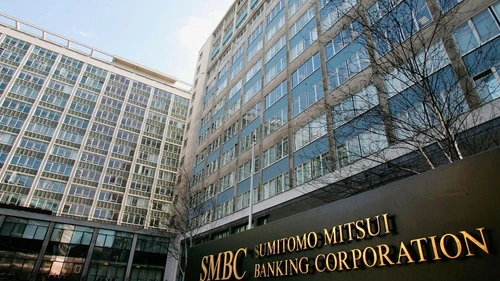
Being second largest in Japan, SMFG stands at number 8 with $1.95 trillion in assets. It excels at commercial banking, investment banking, and global markets, with a strong push into Southeast Asia. It earned net profits of $6.7 billion, with 7.1% ROE and 0.3% ROA, somewhat low compared with Chinese banks. It manages costs to some extent, with a CIR of 56.4%, but it still is a big player.
9. Mizuho Financial Group
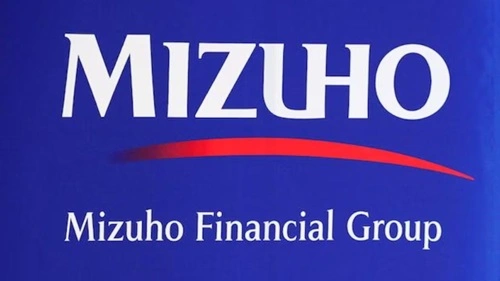
Falling down the list in the ninth position with $1.84 trillion in assets, Mizuho ranks as Japan’s third-largest bank. As for what this one is involved in, well, they combine modern corporate banking with asset management and investment services. The net profit is recorded at $4.7 billion, while they stand at 7% with regard to the ROE. The CIR is 62%, which is considered high.
10. China Merchants Bank
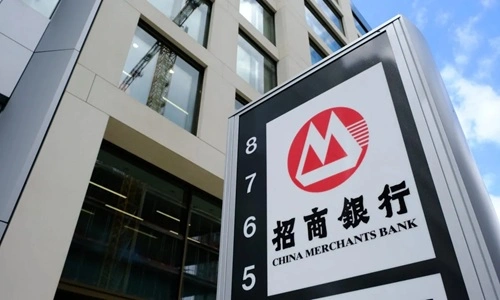
Closing the top 10, China Merchants Bank holds $1.55 trillion of assets. This bank is a leader in retail and private banking, known for digital banking innovations and wealth management. Their net profit is a spectacular figure of $20.9 billion, making their ROE of 14.7% the highest of the lot. With a CIR of 34.9%, they stake a claim to be the most efficient banks in China, making them one of the most profitable banks in China.
Conclusion
That is pretty much it. As you just saw, China is quite literally dominating the Asia region with their leading banks, and sure enough, that had to be the case because of the policies they follow. Other big powers in the Asia Pacific region should learn a lot from China and its banks, to say the least.
